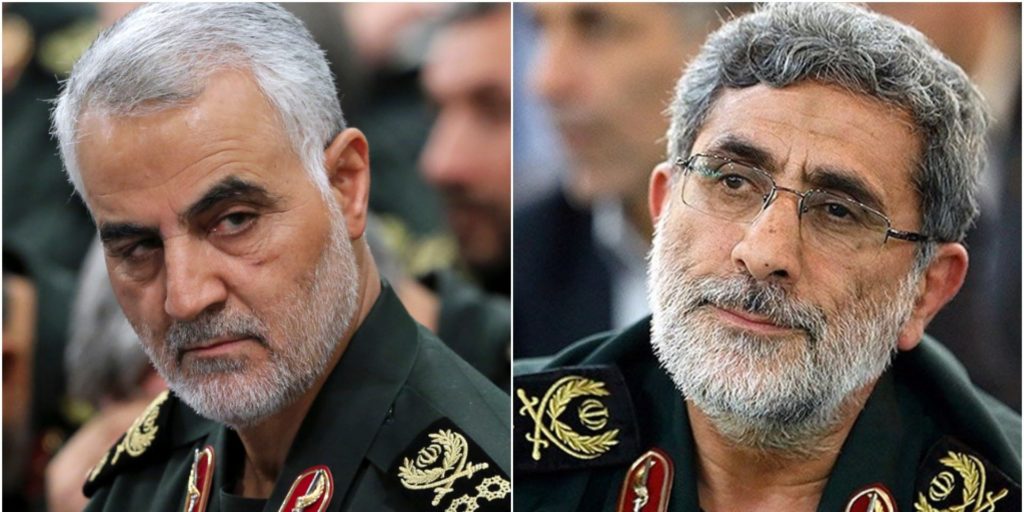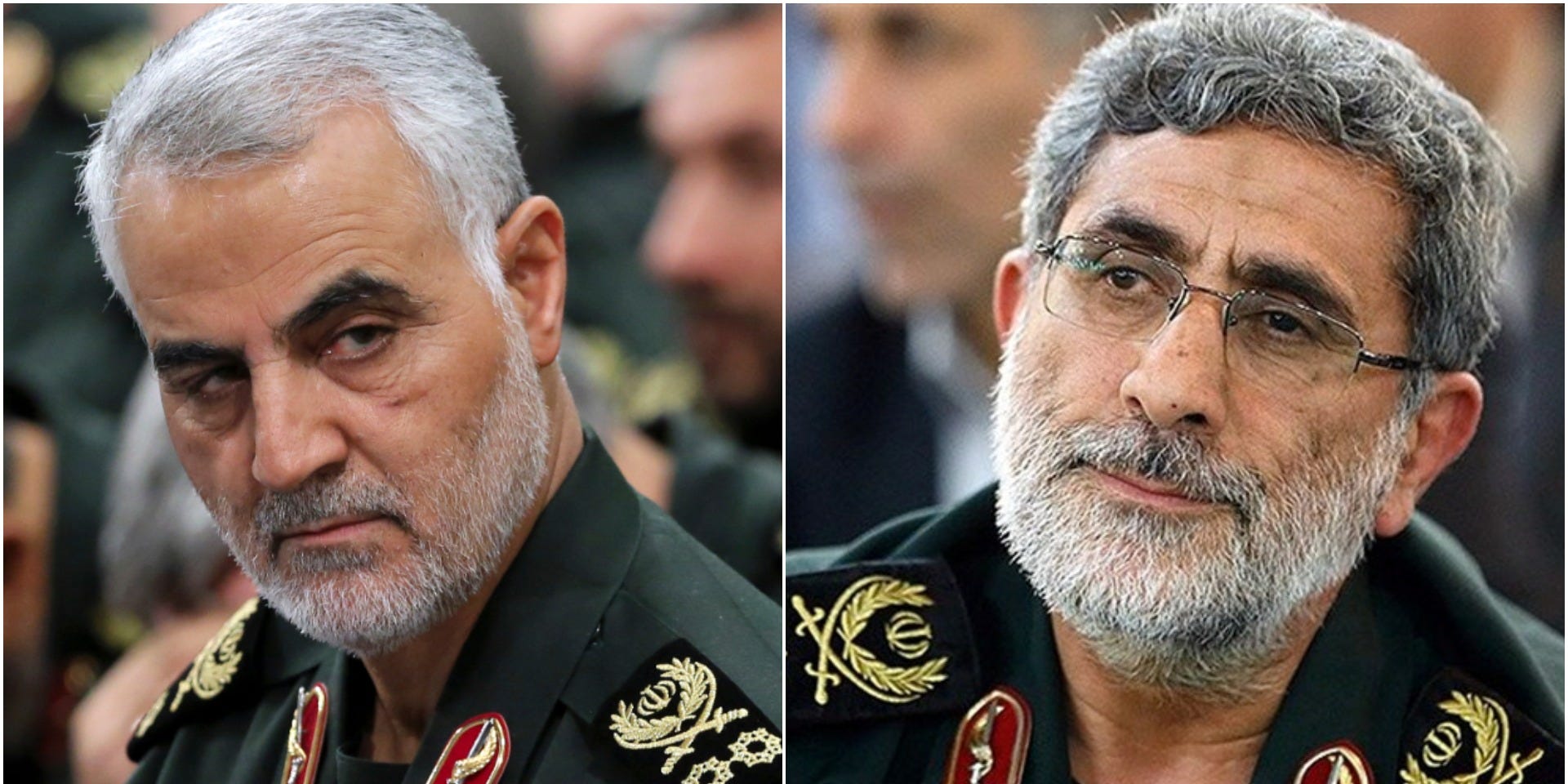By Carol E. Lee, Courtney Kube and Abigail Williams

WASHINGTON — Planned attacks against American military, diplomatic and financial targets in Lebanon and Syria comprised the imminent threat cited by U.S. officials as the reason President Donald Trump ordered the killing of top Iranian commander Qassem Soleimani, multiple U.S. officials said Friday.
“When we start seeing extensive and very solid intelligence that [Soleimani] is plotting imminent attacks against the United States, the president as commander in chief has a duty to take decisive action,” said a senior State Department official speaking on condition of anonymity. “If we had not taken this action, and hundreds of Americans were dead, you would be asking me why didn’t you take out Soleimani when you have the chance.”
Gen. Mark Milley, chairman of the Joint Chiefs, said he is confident Soleimani was actively planning attacks against the U.S. in the Middle East and those attacks were imminent.
“We had clear, compelling, unambiguous intelligence to indicate Qassem Soleimani was planning, coordinating, and directing a significant campaign of violence against the United States in the coming days,” said Gen. Milley.
Targets in Syria that were under imminent threat included military outposts the U.S. maintains in the eastern part of the country, current and former officials said. In Lebanon, Soleimani was allegedly planning attacks on diplomatic and financial targets, they said.
Gen. Milley said the U.S. military is confident an attack was imminent because of “the size, scale and scope” of what was planned and “the seriousness of it.”
“By the way, it might still happen,” he added.
A senior U.S. defense official said the U.S. alerted the 173rd Airborne Brigade Combat team to prepare to deploy to protect U.S. diplomatic facilities in Lebanon should they come under attack. Despite the fact the entire brigade was put on alert, the official said the most likely deployment would be a rifle company or a battalion, somewhere between 130 to 750 total troops.‘I have real questions’
A senior U.S. official said Soleimani had traveled to Syria, Lebanon and then to Iraq Thursday, and U.S. intelligence officials believe he was approving final plans for attacks in each location.
Milley said Soleimani had been directing attacks against the U.S. inside Iraq, including a Dec. 27 attack near Kirtkuk that killed an American contractor and wounded four U.S. service members.
“He approved it,” said Milley. “I know that. One hundred percent.”
A senior Congressional aide briefed on the intelligence, however, said lawmakers saw nothing explicitly linking Soleimani to an imminent attack. What they saw, this source said, was exactly the sort of planning and coordination he has been doing for years. The aide said no one doubts he posed a threat to U.S> interests, but the case for acting this week was not made.
Sen. Mark Warner, D-Va., ranking member of the Senate Intelligence Committee, said, “I have real questions and want to get a full briefing from the intelligence community about the decision on this time and place.”
Administration officials were expected to brief lawmakers on the operation. So far the administration has declined to provide details publicly of the intelligence assessment that prompted the strike against Soleimani.
Members of Congress have expressed concern about retaliation from Iran, which its leadership has said it will take. Democrats in particular have expressed concern that Trump’s authorization of a strike against Soleimani will escalate to a full-blown war with Iran, and they’ve demanded details of the “imminent” threat.
The National Security Council did not immediately respond to a request for comment.
NBC

Leave a Reply
You must be logged in to post a comment.